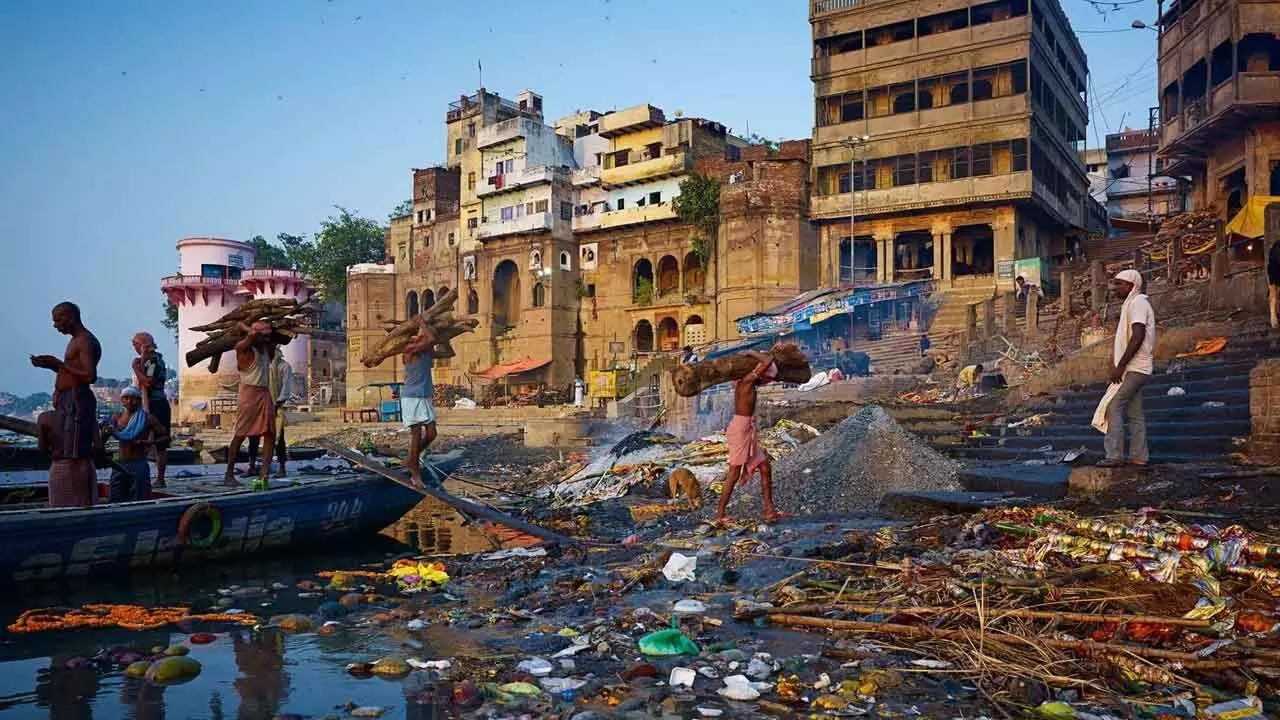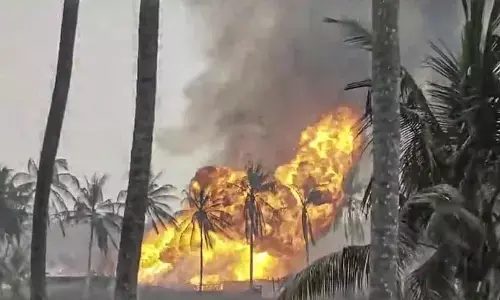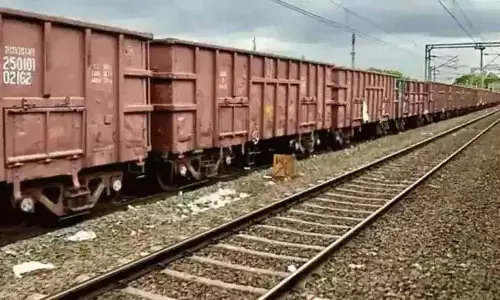Will clean Ganga flow in near future?

Ganga basin towns would require Rs 5,794 crore just for building sewerage networks in Uttar Pradesh -- reports the analysis – which is more than one-fourth of the entire outlay of Namami Gange. The clean-up programme is dogged by delays, which is leading to tremendous cost escalations
It is a top priority for the government and its national agenda, and is driven by none other than Prime Minister Modi’s missionary zeal. The Ganga would be clean by 2020, the government had said Almost 10 years since Prime Minister Modi promised a clean Ganga, the river continues to run polluted and people living in cities along the river might be drinking what is at best partially treated sewage, not Gangajal: says an assessment of the state of India’s most celebrated and revered river. The government has claimed that Ganga will be clean in 2019 (the deadline has now been extended to 2020). The assessment, done by Down To Earth, a “fortnightly on the politics of development, environment and health” which Centre for Science and Environment (CSE) helps publish, emphatically states that the river will continue to run as – and even more – polluted as ever. Why the Ganga will continue to flow polluted
Sewage treatment falling far short
Efficient and effective treatment of sewage is at the centre of any clean-up plans for the river. As per the Namami Gange targets, sewage treatment plants (STPs) with over 2,000 million litre a day (MLD) capacity had to be rehabilitated -- of this, a mere 328 MLD have been covered. A look at the status of all the projects undertaken makes one doubt whether the government would even achieve its revised deadline. Till August 31, 2018 a total of 236 projects including STPs had been sanctioned, out of which only 63 had been completed. Another area of concern is data on sewage generation. STPs are designed on the basis of the amount of sewage a city generates – but estimations of sewage generation have been found to be inaccurate. Down To Earth quotes a study report and CPCB data to say that the actual measured discharge of wastewater into the Ganga is 123 per cent higher than what has been estimated.
Flow of river thinning rapidly
Except during monsoons, water flow in the Ganga has remained a major concern. Experts say the water level in the river is going down at an alarming rate – if the flow in the river can be maintained, it can take care of the problem of 60-80 per cent of organic pollutants in the river. But everything points to a future in which the flow will continue to diminish. Numerous hydroelectric projects on the Bhagirathi and Alaknanda have turned the upper stretches of the Ganga into ecological deserts, says the Down To Earth assessment. The baseflow amount of the river has decreased by a huge 56 per cent in 2016, as compared to the 1970s.
New toilets, new sludge
A staggering 99.33 per cent villages on the banks of the Ganga have been declared open defecation free (ODF) by the government under the Swachh Bharat Mission. Millions of toilets have been constructed – 2.7 million in over 4,000 villages. The objective was to reduce the faecal coliform levels in the Ganga. But in May 2018, against the standard of 2,500 per 100 ml, faecal coliform in the river ranged from 2,500 to 2,40,000 per 100 ml!
Simply building new toilets to declare villages ODF is, therefore, not the solution. The analysis by Down To Earth shows that about 180 MLD of sludge will be generated in the five Ganga Basin states (Uttarakhand, Uttar Pradesh, Bihar, Jharkhand, West Bengal) when they become ODF. If proper sludge management is not done, this would invariably pollute the Ganga. What should cause further concern is that faecal sludge is a bigger pollutant than sewage – while BOD of sewage is 150-300 mg/litre, that of faecal sludge would be 15,000-30,000 mg/litre. The Ganga cannot run clean unless the sludge generated is managed effectively.
Cost overruns
Ganga basin towns would require Rs 5,794 crore just for building sewerage networks in Uttar Pradesh -- reports the analysis – which is more than one-fourth of the entire outlay of Namami Gange. The clean-up programme is dogged by delays, which is leading to tremendous cost escalations. According to the National Mission Clean Ganga, projects worth Rs 22,323 crore have been sanctioned but only 23 per cent of the sanctioned amount had been utilized till April 2018.
To add to the financial mismanagement, there are problems in governance. The water resources ministry had signed MoUs with 10 ministries for better implementation of Namami Gange, but – says the Down To Earth analysis -- there is no clarity on how different ministries are coordinating. While experts have raised doubts on the efficacy of the draft Ganga protection law (which is with the government at present), the various bodies and agencies created to deal with the issue do not even find the time to meet regularly.















